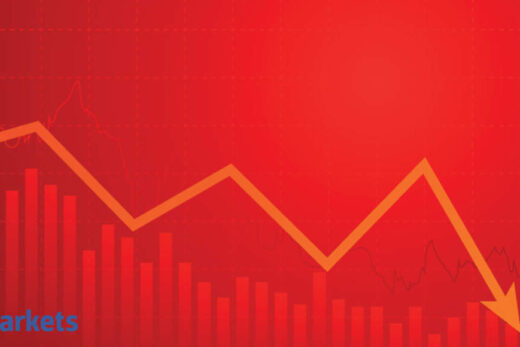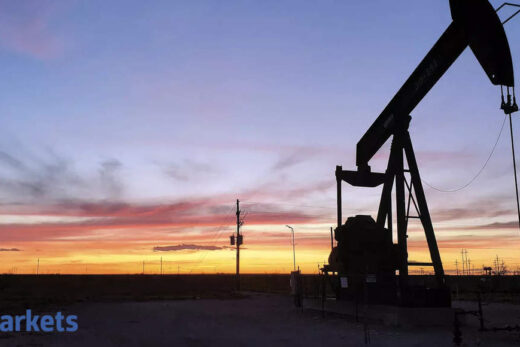Federal Reserve Chair Jerome Powell said he is monitoring financial conditions and would be “concerned” by disorderly markets, but stopped short of offering specific steps — which sent Treasury yields higher.
“We monitor a broad range of financial conditions and we think that we are a long way from our goals,” he said in a Wall Street Journal webinar on Thursday. “I would be concerned by disorderly conditions in markets or persistent tightening in financial conditions that threatens the achievement of our goals.”
Post Powell’s comments, US markets tumbled. At 11:40 pm IST, the Dow Jones Industrial Average fell 416.10 points, or 1.33%, to 30,853.86, the S&P 500 was down 49.98 points, or 1.29%, to 3,770.31 and the Nasdaq Composite lost 300.35 points, or 2.31%, to 12,697.74.
Bond yields have shot higher in recent weeks on mounting expectations of stronger economic growth and faster inflation. Trading has been turbulent at times as dealers have struggled to keep up with the order flow.
Investors also have moved forward their expectations for the first Fed rate hike to early 2023 as they begin to question the central bank’s commitment to keeping policy easy until inflation overshoots 2%.
 Bloomberg
BloombergIn answer to questions about inflation concerns, Powell said it’s more likely that prices move up in the next year but don’t stay up, “and certainly not staying up to the point where they would move inflation expectations materially above 2%.”
Treasuries Hit
Ten-year Treasuries extended losses and inflation expectations reached new session highs as Powell proceeded, with some traders disappointed that the Fed chair didn’t provide an specifics on what the central could possibly due to tamp down long-term rates if they desired. The dollar continued higher and U.S. shares extended losses.
The Fed chair expressed optimism for U.S. jobs while reiterating that there’s still a long way to go as the economy recovers from the pandemic.
“While there are still risks, there’s good reason to expect job creation to pick up in coming months,” he said.
Powell said he didn’t think the labor market would return to maximum employment in 2021.
The pandemic-damaged economy has shown pockets of strength at the start of the year. Retail sales surged in January by the most in seven months, while manufacturing expanded in February at the fastest pace in three years.
The jobs market has lagged, with claims filed for unemployment benefits stuck at historically very elevated levels. Payrolls barely rose in January, by 49,000, after a 227,000 decline in December. A new reading on the jobs market will come on Friday, with the release of the monthly employment report for February.



